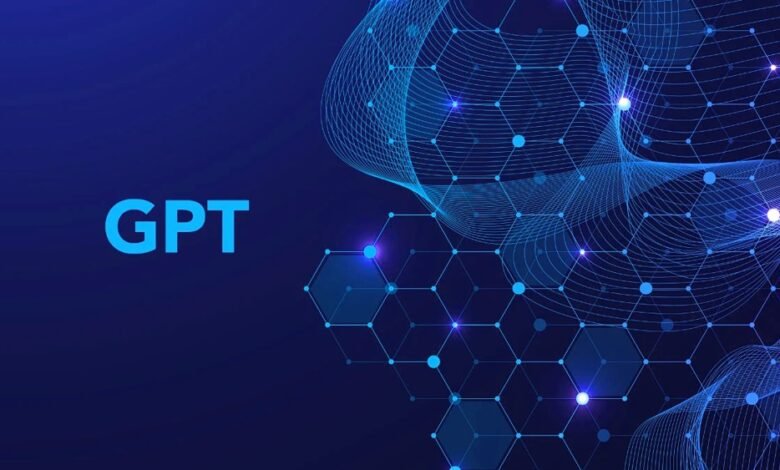
If you have been following current digital trends, you may have encountered the acronym “GPT.” However, even someone who recognises the phrase might not fully understand its meaning. Let me explain it in straightforward, common terms.
What Is GPT?
GPT stands for Generative Pre-Training Transformer. Basically, GPT constitutes a form of artificial intelligence (AI). Discussions on AI can evoke images of science fiction films or robotics. However, AI is considerably more commonplace and accessible to users. If you have ever posed a query to Siri or Alexa or utilised predictive text on Google, you have already engaged with artificial intelligence.
Upon further examination, GPT is an artificial intelligence proficient in comprehending and generating human language. Consider it a sophisticated linguistic assistant. It is, in essence, a language model. Envision this: you are composing an email, and the machine anticipates your upcoming text—that is the functionality of GPT.
Related: Iot and AI Integration: Tips for Seamless Collaboration.
Why Generative Pre-training Transformer?
The term “generative” means that GPT has the capability to produce fresh content. In the previously mentioned example, the novel element is text. Imagine possessing an assistant capable of crafting a poem, an essay, or a brief narrative.
“Pre-training” is a term from the field of machine learning, a branch of artificial intelligence. GPT is trained on an extensive dataset to function autonomously. Throughout this training, it assimilates knowledge regarding linguistic mechanics and phrase construction, allowing GPT to understand context and produce relevant responses.
“Transformer” indicates the architecture or design of this AI model. It resembles the architectural blueprint of a structure, illustrating the interconnections among various components of the model. Transformers can manage intricate linguistic tasks by concentrating on various segments of the input (text, data, etc.) during output generation.
The AI chatbot ChatGPT, which was developed by OpenAI, is a prime example of GPT. GPT enables sophisticated chatbots capable of delivering customer support, comprehending enquiries, and assessing the tone of messages.
However, despite its remarkable capabilities, GPT is not infallible. As with every model, it possesses inherent limits. It lacks comprehensive knowledge and is capable of errors. Although it can generate human-like prose, it lacks genuine comprehension or emotional engagement over its content.
AI Will Help Us, Not Replace
As we progress into the digital era, tools such as GPT are increasingly important to our daily lives, possessing the capacity to revolutionise areas including customer service, content creation, and education.
Recall that AI technologies, like GPT, are intended to aid us rather than supplant us. They can assist us in conserving time for more innovative or intricate jobs by managing regular ones. When you next interact with an online bot or receive a suggested email response, consider that GPT may be facilitating your experience.











